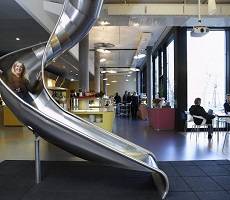June 3, 2014
Better talent attraction and retention strategies needed as recruitment soars
 Employers are increasing their permanent headcount at their fastest rate since before the recession. Consistently positive GDP results, coupled with reports that business optimism is at its highest level since 1998, has driven impressive growth across the entire professional jobs market, according to the latest data from the Association of Professional Staffing Companies (APSCo). It reports that the placement of professional talent increased by 29 per cent compared to the same time last year, with particularly strong growth in sectors such as accounting and finance. This mirrors plans by the Big Four accounting firms to substantially increase their graduate level recruitment this year; with KPMG and PwC, for example, both planning to hire 30 per cent more candidates than last year. Although it’s good news for the jobs market – analysts warn that managers must plan ahead to ensure they retain and attract the right talent. (more…)
Employers are increasing their permanent headcount at their fastest rate since before the recession. Consistently positive GDP results, coupled with reports that business optimism is at its highest level since 1998, has driven impressive growth across the entire professional jobs market, according to the latest data from the Association of Professional Staffing Companies (APSCo). It reports that the placement of professional talent increased by 29 per cent compared to the same time last year, with particularly strong growth in sectors such as accounting and finance. This mirrors plans by the Big Four accounting firms to substantially increase their graduate level recruitment this year; with KPMG and PwC, for example, both planning to hire 30 per cent more candidates than last year. Although it’s good news for the jobs market – analysts warn that managers must plan ahead to ensure they retain and attract the right talent. (more…)























May 29, 2014
What is expense management costing you and your business?
by Richard Gyles • Comment, Workplace